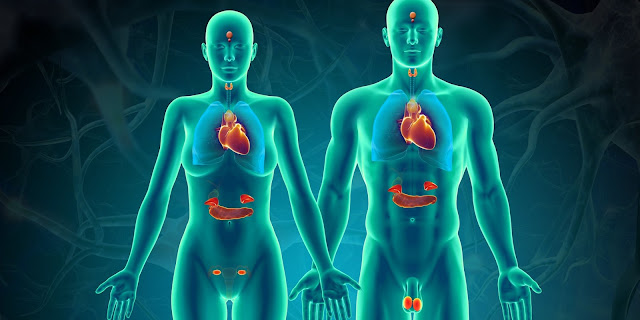Micronutrients: Vital for Plant Growth
Plants require more than just nitrogen, phosphorus and potassium to grow healthy and yield maximum crops. Micronutrients, also known as trace elements, play a pivotal role in supporting various metabolic processes in plants. However, they are needed only in very small quantities. Lack of even a single micronutrient can hamper plant growth and productivity. This article covers the importance of various micronutrients and benefits of using micronutrient fertilizers.
What are Micronutrients?
Micronutrients are plant nutrients that are needed in very small amounts
measured in parts per million levels in the soil or plant tissue. They include
elements like boron (B), copper (Cu), chlorine (Cl), manganese (Mn), molybdenum
(Mo), nickel (Ni), and zinc (Zn). Insufficient supplies of these micronutrients
can limit plant growth and lead to abnormalities. For example, zinc deficiency
causes "little leaf" disease in many crops. Micronutrients help in
chlorophyll synthesis, protein synthesis, photosynthesis, carbohydrate
translocation and breakdown, nodulation in legumes and oil formation in seeds.
Role of Major Micronutrients
Boron (B) - Boron is involved in cell wall synthesis, membrane function,
flowering, fruit development and xylem formation in plants. It helps regulate
sugar and calcium metabolism. Boron deficiency results in stunted growth, deformed
buds and cracks in stems and leaves.
Copper (Cu) - Copper acts as a co-factor for various enzymes involved in
photosynthesis and respiration. It also plays a role in lignification. Copper
deficiency leads to blight and dieback of shoots and leaves.
Manganese (Mn) - Manganese facilitates photosynthesis, production and transport
of chloroplasts and respiration. It is also required for nitrogen and
carbohydrate metabolism. Symptoms of manganese deficiency include yellowing
between veins of young leaves.
Zinc (Zn) - Zinc is essential for protein synthesis, auxin production,
carbohydrate metabolism and membrane function. Zinc deficiency causes little
leaf formation, rosetting in cereals and dieback of shoot tips in many crops.
Benefits of Micronutrient Fertilizers
Applying balanced Micronutrient
Fertilizers provides following benefits:
- Improves overall plant health, vigor and resilience against biotic and
abiotic stresses.
- Enhances photosynthesis rate, vegetative growth and reproductive development.
- Improves nutrient uptake efficiency of macronutrients like nitrogen,
phosphorus and potassium.
- Increases crop yields significantly by 15-30% depending on the crop and soil
conditions.
- Maintains or improves soil fertility levels and protects long term
productivity of the land.
- Helps plants fulfill their genetic yield potential.
- Improves crop quality by increasing protein, oil, amino acid and vitamin
content of produce.
- Reduces adverse effects of imbalanced or excessive use of nitrogenous
fertilizers.
Assessing Micronutrient Needs
It is important to ascertain the micronutrient status of soils and crops to
determine correct fertilization. This is done through:
- Soil testing to measure available micronutrient concentrations. Deficiency is
indicated if levels are below the critical level for a particular soil-crop
combination.
- Plant tissue testing at key growth stages to check nutrient sufficiency
levels.
- Visual observation of crops for deficiency symptoms like chlorosis, spots, bronzing,
curling etc.
- Crop response to small amounts of micronutrients applied as foliar sprays or
soil amendments.
Forms and Methods of Application
Micronutrients are usually applied through foliar sprays or soil applications.
Common forms include:
- Chelated micronutrient mixtures - More effective and safer as micronutrients
form stable soluble complexes. Examples include EDTA, EDDHA and DTPA chelates.
- Sulphate and oxide salts - Readily soluble but less efficient due to
reactions with soil components. Examples are zinc sulphate, copper sulphate.
- Organic complexes - Made from natural compounds like fulvic acid. Readily
absorbed but costlier.
- Soil mixtures - Combined with fertilizers or composts for even distribution
in soil.
Foliar sprays are quicker to show results but soil amendments provide prolonged
effectiveness. Proper method and time are important for maximum agronomic
efficiency.
Incorporating balanced micronutrient fertilization tailored to the specific
crop-soil condition is necessary to fulfill genetic yield potential of crops.
It not only ensures healthy growth and high productivity but also maintains
long term soil fertility for sustainable agriculture. Judicious use of right
forms and application methods along with macronutrients can substantially boost
farm incomes. _
Get
more insights on this topic: https://www.insightprobing.com/micronutrients-essential-for-plant-growth-and-yield/




Comments
Post a Comment